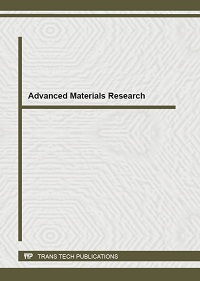The dislocation self-organization processes in near-surface silicon layers of Si-SiO2 during high temperature oxidization have been investigated. It was observed the complex destruction of these layers caused by relaxation of mechanical stresses. We have proposed the defect formation mechanism of near-surface layers in Si-SiO2 structure. For self-organization processes to be explained, the synergetic method was applied. It was shown that the formation of periodical dislocation structures at the interface is a consequence of the spatial instability of the dislocation distribution in the crystal, their self-organization due to correlation effects between the oxygen diffusing along structural defects and an ensemble of dislocations.

